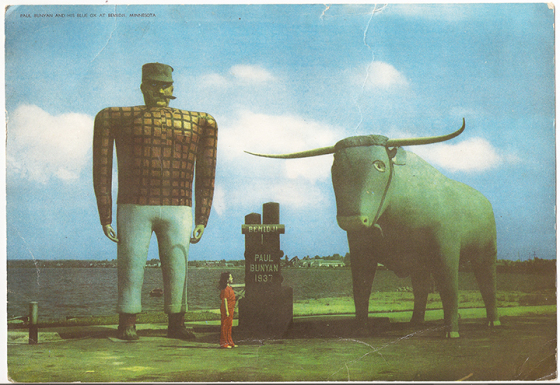


In the same way that fiction, poetry, and visual art could occupy the space between Rhythm’s covers, rhythm, as a distinctive element, could facilitate a combination of these individual practices. The common and preeminent rhythmic elements of different media, this school of thought suggests, facilitate the composition of multimedial art. Though Rhythm, like many of the small magazines, had a narrow distribution and short print run, it is representative of a certain school of thought within modernism: one that understands particular formal structures and aesthetic principles as points of contact allowing for the co-existence and co-constitution of multiple artistic practices within one phenomenal space. was to reassert the preeminence of rhythm.” In 1911, Murry was articulating two foundational tenets of his conception of modernist art: first, different artistic media can and ought to be brought together and, second, rhythm is the principle under which the various arts can be unified. In the editorial statement of the first issue of Rhythm, John Middleton Murry writes: “Our intention is to provide art, be it drawing, literature or criticism, which shall be vigorous, determined, which shall have its roots below the surface, and be the rhythmical echo of the life with which it is in touch.” He would later explain that the magazine treated rhythm as “the distinctive element in all the arts, and that the real purpose of ‘this modern movement’. Pat Keely’s Night Mail publicity poster, 1936.


 0 kommentar(er)
0 kommentar(er)
